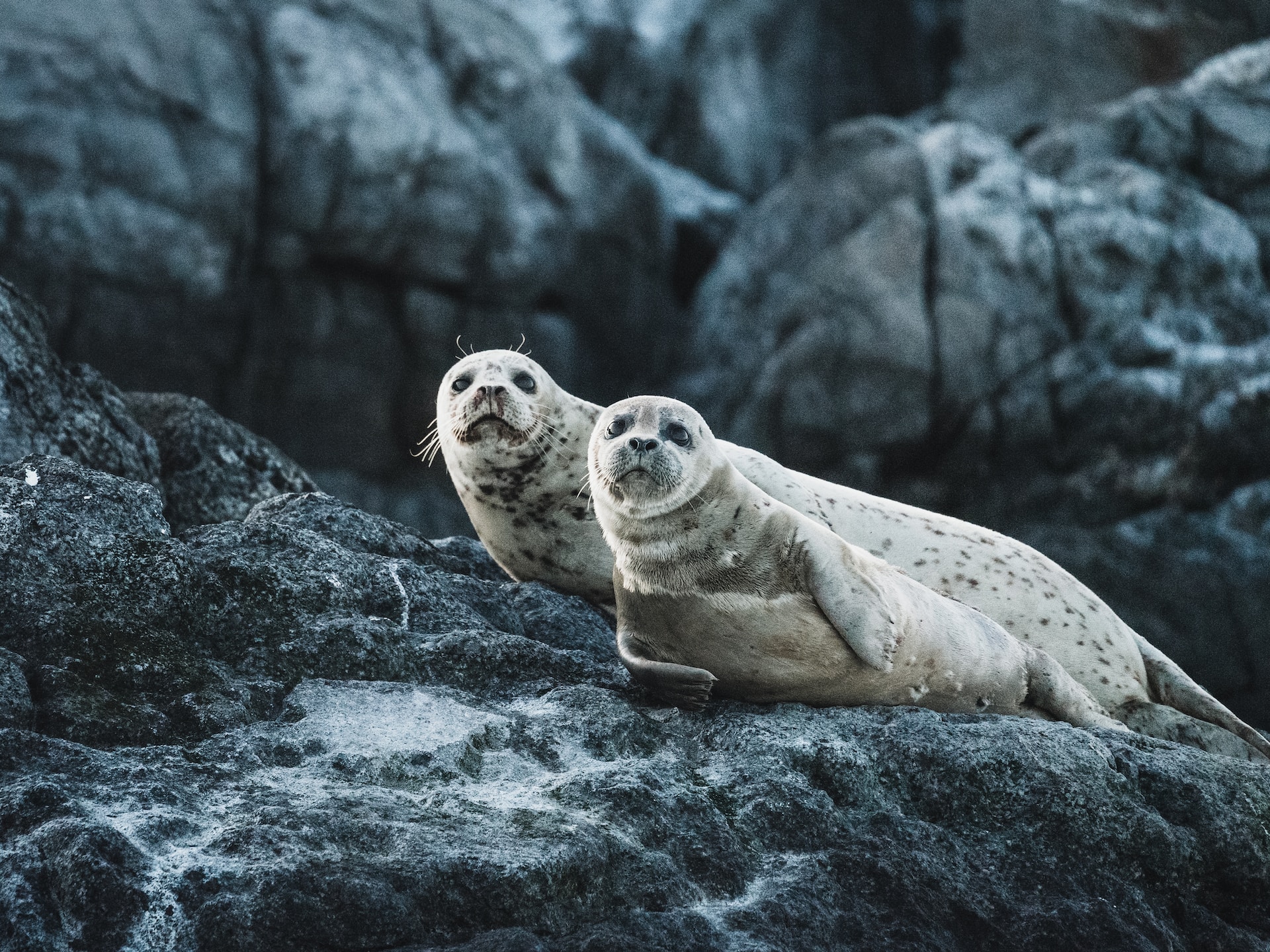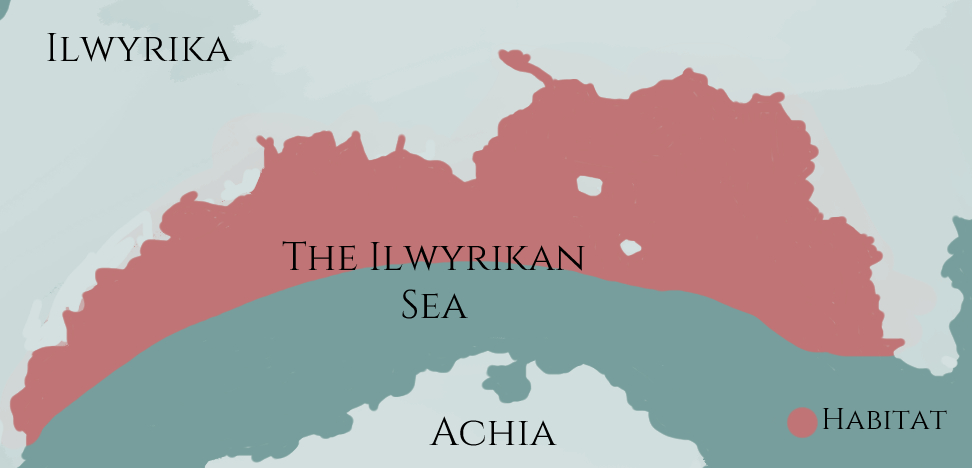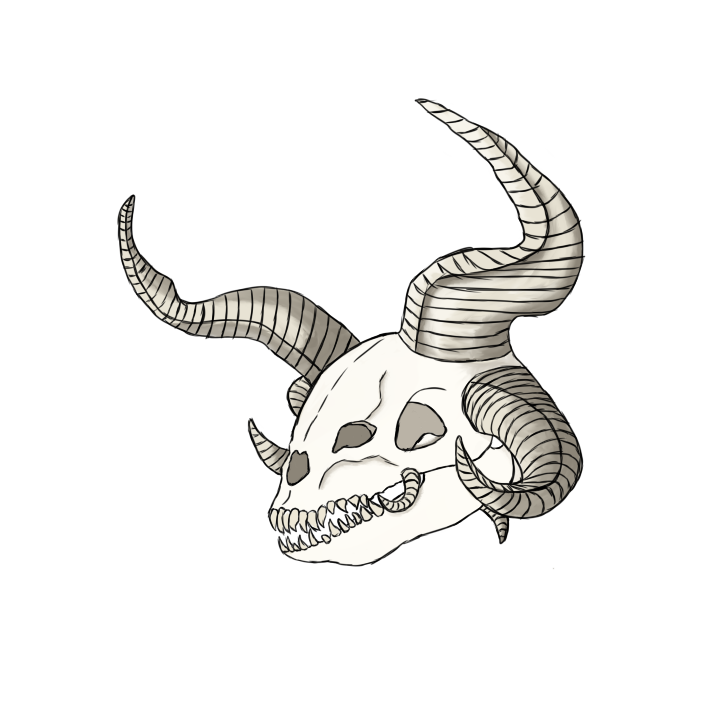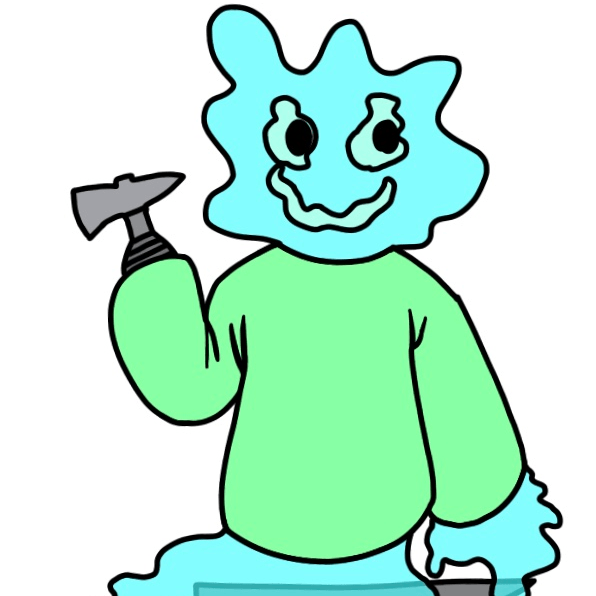Words— Author
Denizens of
the Ilwyrikan Sea, the large stretch of ocean between the south of
Ilwyrika and the north of
Achia, white seals are good-natured - albeit mischievous -
pinnipeds, and belong to the class of
true seals. During the harsh winters, their
dried meat is a staple food source for
those living along Ilwyrika's southern coast. For the
merfolk who live in these freezing waters, white seals can make loyal companions and pets.
Characteristics
Anatomy
A relatively small seal, rarely growing more than about a metre and a half in length. Males are slightly larger than females when fully grown. Streamlined, adapted for aquatic life - retractable nipples, internal penile sheath and testicles, internal ears.
They are quite plump due to a large amount of blubber designed to keep them warm in the cold waters, so can weigh up to three hundred pounds. This blubber also provides energy during times of low food.
Small head with a feline-ish snout. Big dark eyes, large relative to the size of its body. Eyes are lubricated to protect them from the sea water. Pale whiskers that lie in horizontal rows either side of their snout. No visible ears - true seals also known as earless seals. Large canine teeth, not huge amount of teeth in total.
Four limbs that are flippers, two at front sides, and two at the back. Their two back flippers are rather close together and resemble a tail from a distance. They cannot control these well on land and movement is generally done with the abdominal muscles. Flippers have circulatory adaptations to help regulate heat, as they are not as insulated as the rest of the body.
The white seal is covered with long guard hairs, which protect against water and wind more than they do against heat loss. Also known as flat fur. Oil content of the fur/skin makes it quite waterproof, which protects the seal from freezing when out of the water.
Adaptations for deep diving - when diving, gases are pushed out of the lungs to the upper respiratory system so they cannot easily be absorbed into the bloodstream. This protects the seal from the effects of decompression. White seals can hold their breaths for a long time underwater due to adapted circulatory system - research how this can be possible, slow release oxygen? They also have inflatable sacs in their internal ears that help maintain a constant pressure.
Alternate Names
Example
Type
Pinniped, True Seal
Habitat
Ilwyrikan Sea
Lifespan
30 years
Average Size
250lbs, 1.3m, males slightly larger than females
Colouration
White seals are, despite the name, not completely white. The adults are covered in grey spots, and males are dark grey around the snout. Seal pups are snow white.
Sensory Capabilities
Large eyes, with a spherical lens to help with focusing. Their pupils are mobile to compensate for the glare of ice. Reflective back of eye to help with lower light environments.
Sense of smell is used on land to sense predators and find their young. White seals close their nostrils underwater, completely cutting off this sense.
Despite their lack of external ears, their sense of hearing is acute. Mothers can distinguish the cry of their individual pup in a large group. They can hear further underwater.
Their whiskers can sense vibrations in the water.
Life Stages
Pup
Pups are born in early spring, when the sea ice has not yet begun to melt.
Pups are born covered in a layer of soft downy hair, which traps air beneath it to insulate the pup as it is born without the protective blubber. They are fed by their mothers with solely milk for about three to four weeks; the milk is high in fat content and the young seals grow their blubber rapidly. At this time, pups remain completely on the
fast ice on which they were born.
At about four weeks, the pups are weaned, with the mother providing a mixture of milk and freshly caught fish for an extra couple of weeks. During this time, the pups moult their pure white fur and grow in a softer, greyer coat. After this, the pups are on their own. They make short trips into the water to catch food, but still spend most of their time on the ice. On ice, they are practically immobile and vulnerable to predators.
Juvenile
White seals are classed as juveniles from about eight weeks to five years, when they are sexually mature. They moult about once a year, and gain their adult colours on the fifth year. Until then, they remain a soft grey colour.
Juveniles spend more time in the water than pups, but still come onto land to rest.
Adult
Mature white seals spend about ninety percent of their time in the water, only coming on land to moult, give birth, and wean their pups. They can live to around thirty years old.
Ecology
Habitat
White seals live in the northern half of the subpolar
Ilwyrikan Sea, part of the
Northern Ocean. This sea partially freezes from late autumn to early spring, creating a mixture of fast ice closer to land and drift ice further out. Even in the summer, temperatures do not rise to more than about ten degrees celsius.
White seals spend the majority of their time in the water, but can be found on land on the beaches of parts of southern Ilwyrika, the islands of
Antari and
Iktani, and on the sea ice during the winter.
The population of white seals is about three hundred and fifty thousand.
Diet
White seals are carnivores and live on a diet of fish and small crustaceans. They use their sharp canines to snag fish out of the water, and their strong molars/jaws to crush the shells of crabs.
Behaviour
Personality
White seals are playful and mischievous. They often interact with boats, bumping into the sides, and sometimes stealing the oars from smaller vessels to play with - or unattended lunches. They are curious about people, and will generally approach. They are suprisingly intelligent and can form strong bonds with people.
Social Structure
White seals, although social with people, are generally not social with each other outside of the mating season. Most of the time, they are solitary hunters, though they often gather in small groups for safety when it is time to rest.
During mating season, males will posture for dominance and the right to mate, with the largest often becoming top of the hierarchy.
Juveniles are always lowest in the social hierarchy, and adults quite often completely ignore them. They tend to group up with other juveniles, and spend more time in each others company than alone.
Communication
White seals communicate with grunts and by slapping the water or ground with their fins. Pups communicate to their mother with high pitched squeaks.
Reproduction
White seals reproduce once a year. Mating season occurs in the spring, about a month after the females give birth to the previous year's pups. Females remain on the ice, whilst males posture in the water around them. This posturing is done with calls, spins, and fin-slapping; it very rarely involves physical contact/fighting with other males. When a female deems a male suitable, she slides off the ice into the water and they mate.
Gestation lasts for about eleven and a half
months, and they give birth to one pup in the early spring, a few weeks before the ice begins to melt.
Cultural Significance
Hunting
White seal meat is a staple food for the people of Southern Ilwyrika. Strips of raw meat are dried and smoked, and then plaited together to form ropes. These ropes of meat are known as
civlak. They last a long time without going bad, and are used for long journeys as well as in times where food is scarce.
In Ilwyrika, it is taboo to hunt pups or juvenile white seals. All meat must be taken from adults. Female white seals are also off limits during the winter and spring, to ensure heavily pregnant or nursing mothers are not killed. This is done so the hunting is sustainable.
No such restrictions exist on the island of
Antari. A
stew made from white seals pups is a seasonal delicacy. However, restrictions do exist on the number/percentage of pups born on Antari's beaches that can be hunted.
White seal skin is used for both clothing and construction on Ilwyrika and the islands of Antari and
Iktani. It is durable, waterproof, and insulating.
White seal blubber is used for light. It makes a really good fuel source for lamps, as it burns slowly and cleanly (although it does smell).
Domestication
The
merfolk of the Ilwyrikan Sea often keep white seals as pets. They make loyal companions; though they leave for the mating season each year, they always return. They can be taught to do simple tricks. They are also used to help hunt for food, though the seals are capricious and sometimes eat their catch or return it with a bite taken out of it.
A merfolk can not just go out and acquire a white seal as a pet. It's sort of a mutal thing; the seal kind of chooses the merfolk. This process can be gamed a little with bribery and tasty treats.
Mythology
In southern Ilwyrika, it is considered bad luck to kill a pure white adult white seal.
Finding an intact seal skull means harsh times are on the horizon. Finding a seal canine tooth indicates a love interest.
For the merfolk, if a companion seal doesn't return after the breeding season, they have been called into the service of the
Great Whale, the deity they
believe rules the sea.










I love the mythology. So excited to find out more about merfolk. I got a little emotional about it being taboo to hunt pups, juvenile and female (in mating season) seals. Great article!
Thank youuu. <3